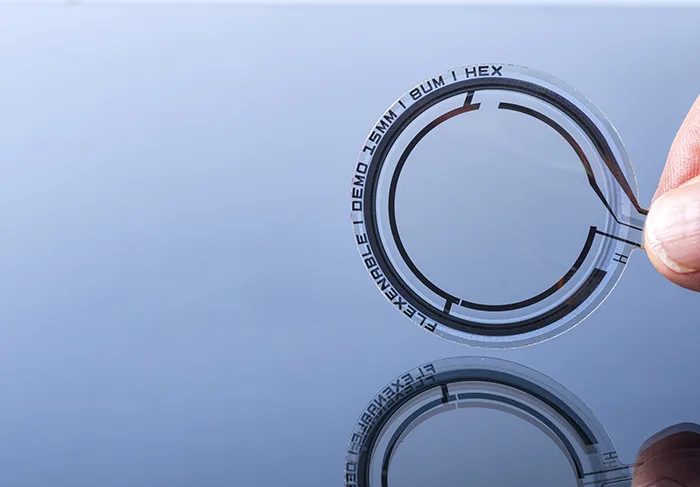A research team at National Yang Ming Chiao Tung University in Taiwan has engineered a liquid crystal (LC) lens that significantly improves image quality while requiring a fraction of the power to operate, overcoming two major barriers to bringing the technology into mainstream devices. The findings open possibilities for sharper focus in applications from augmented reality glasses to medical diagnostics.

LC lenses offer electronically variable optical power, a compelling feature for uses like vision correction and zoom optics. However, real-world viability has suffered from image degradation caused by haze as well as impractically high driving voltage requirements.
In normal operation, small-scale molecular fluctuations scatter light, progressively eroding image sharpness. And boosting optical power for short focus length simultaneously escalates voltage demand. Earlier designs forced compromises between clarity, tunable focus range, and compact low-voltage operation.
Now, by identifying and suppressing the source of haze combined with structural optimizations, the researchers have demonstrated an integrated solution. Their lens maintains an exceptional 3.6 diopter power range while slashing control voltage four-fold, from 80 down to 18 VRMS.

The group determined that haze in LC lenses stems from innate molecular randomness perturbing optical uniformity. They proved both theoretically and experimentally that enhancing inter-molecular order suppresses error-seeding disturbances.
Increasing the baseline energy keeping orientation distribution smooth, either by using higher order elastic constant LC materials or strengthening alignment through optimized electric field control, enhances optical transmission regularity.
Beyond confirming these fundamental dynamics in custom cells, the team redesigned their test lens’ internal architecture and circuitry. Removing a legacy buffer component enabled finer calibration of the high-resistivity voltage propagation layer. Along with pumping more baseline stabilizing energy into the LC layers, the adjustments synergized to prevent haze formation.
Maintaining a wide electronically variable focal range with lower control voltages unlocks possibilities at two opposing ends. It enables more extreme optical power density, opening capabilities like thin telephoto lenses. Simultaneously, reducing voltage and current draws enables integration into smaller form factor mobile devices.
Reference
Yi-Hsin Lin, Wei-Cheng Cheng, Hung-Shan Chen, Yu-Jen Wang, and Xiao Liang “Orientation fluctuation in liquid crystal lenses,” Journal of Optical Microsystems 3(4), 041204 (20 September 2023). https://doi.org/10.1117/1.JOM.3.4.041204

